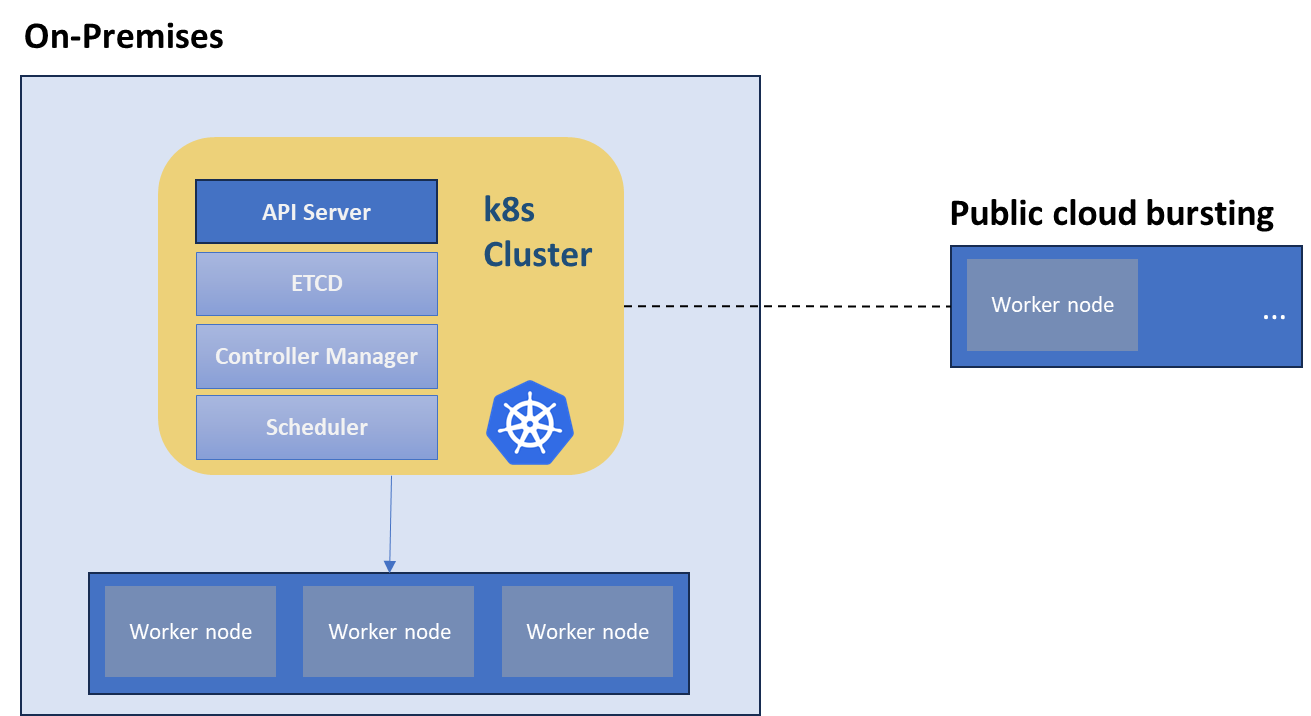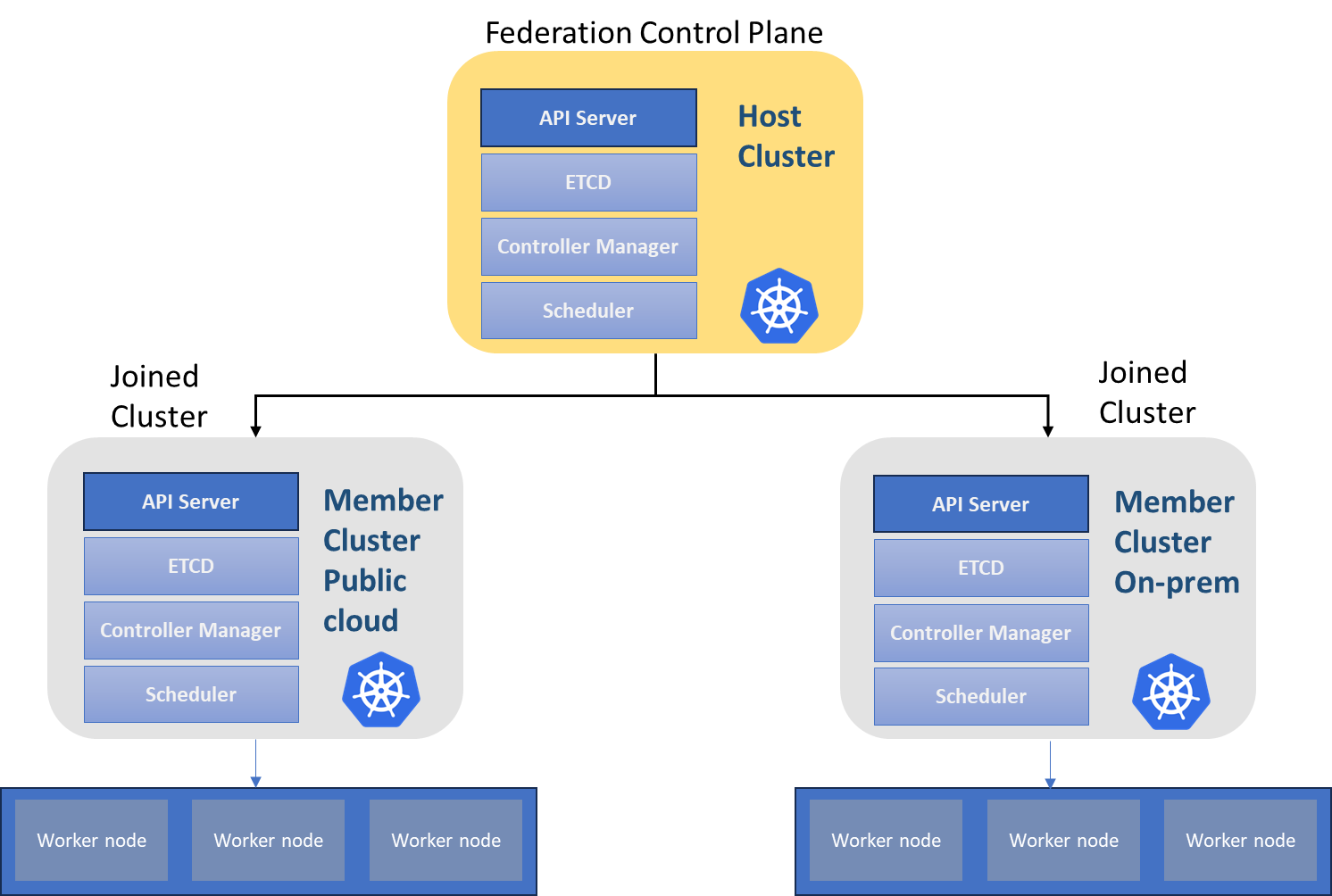In today's rapidly developing digital landscape, enterprises face the challenge of leveraging the power of cloud computing while maintaining control over their infrastructure and data. The hybrid cloud model enables organizations to balance the benefits and tradeoffs of public and private clouds. Kubernetes has become a staple of hybrid cloud environments because it can efficiently manage large-scale containerized workloads and enable seamless integration across different deployment models.
Optimizing business benefits in a Kubernetes hybrid cloud environment requires combining strategy, conceptual knowledge, and tactics. This article will explore Kubernetes hybrid cloud topics, including best practices, deployment models, networking, security, resource management, and governance.

